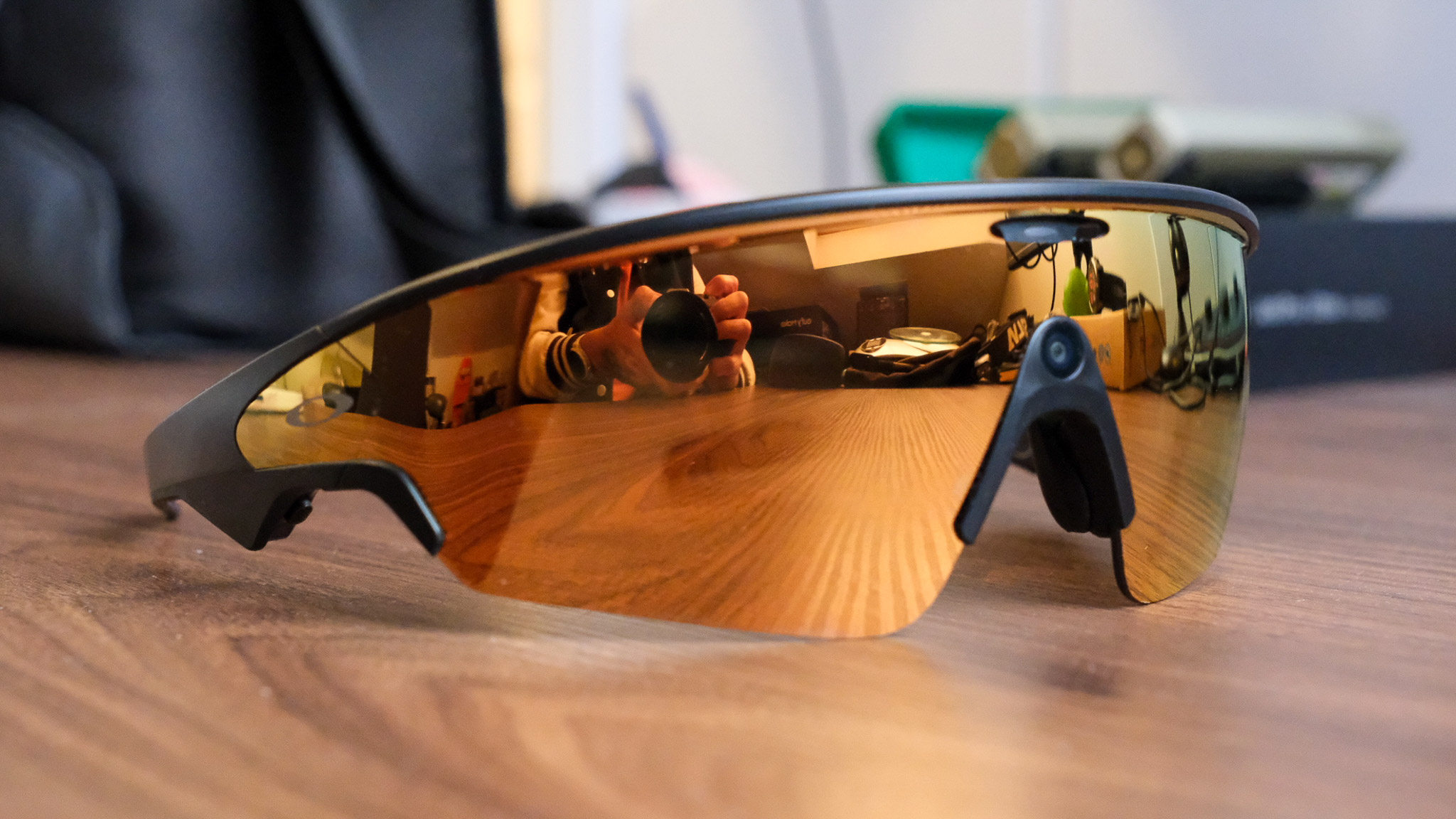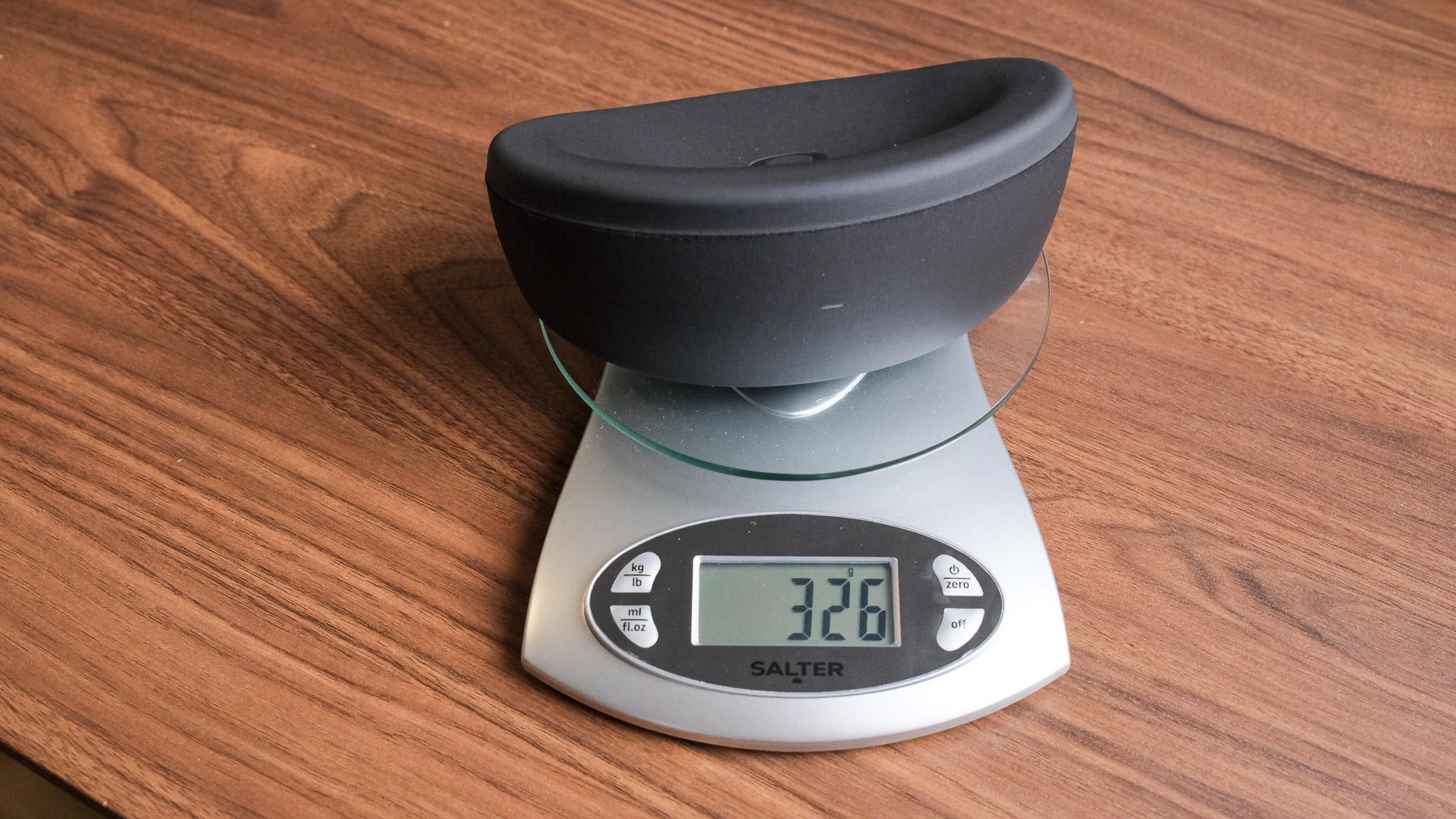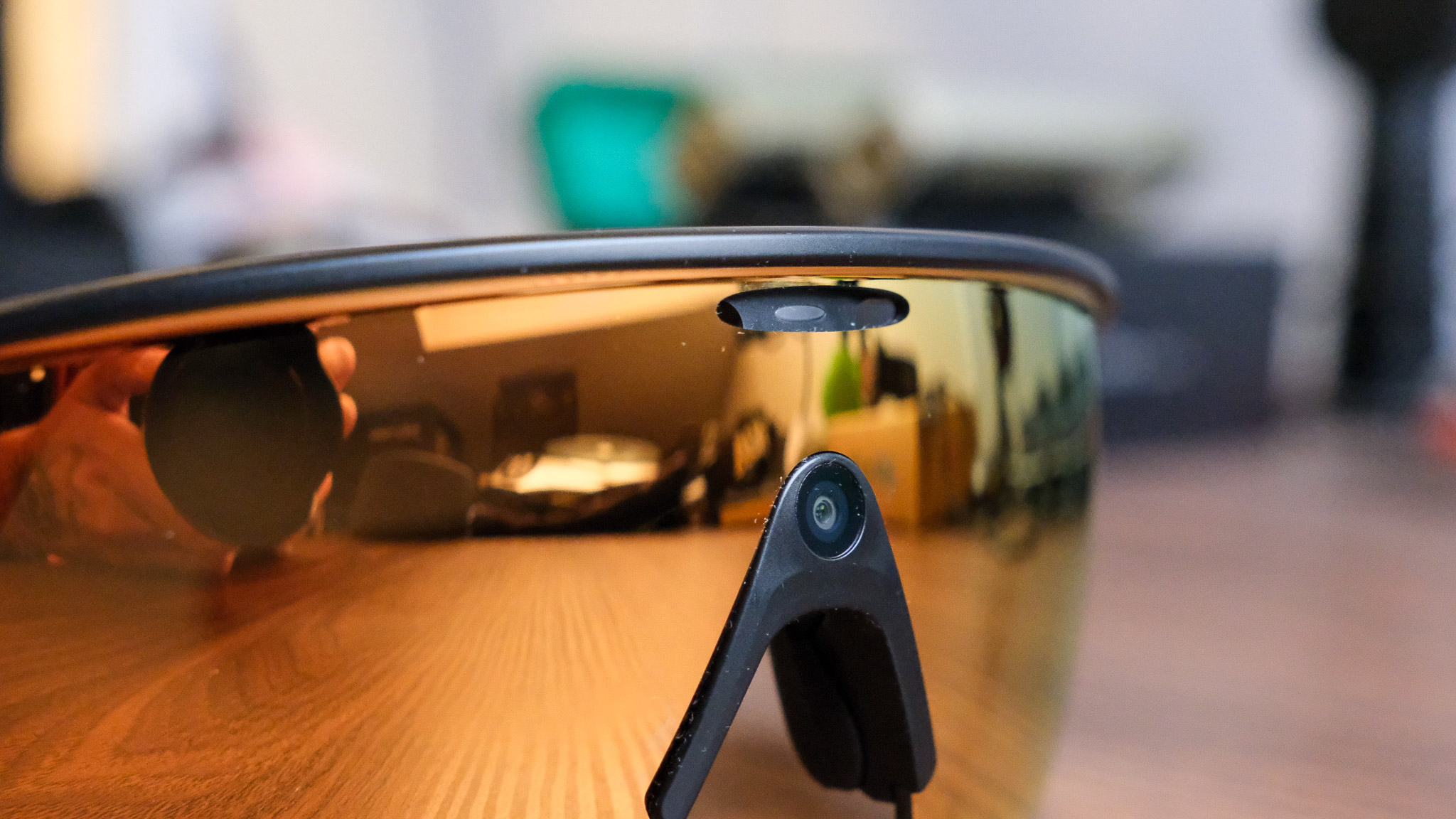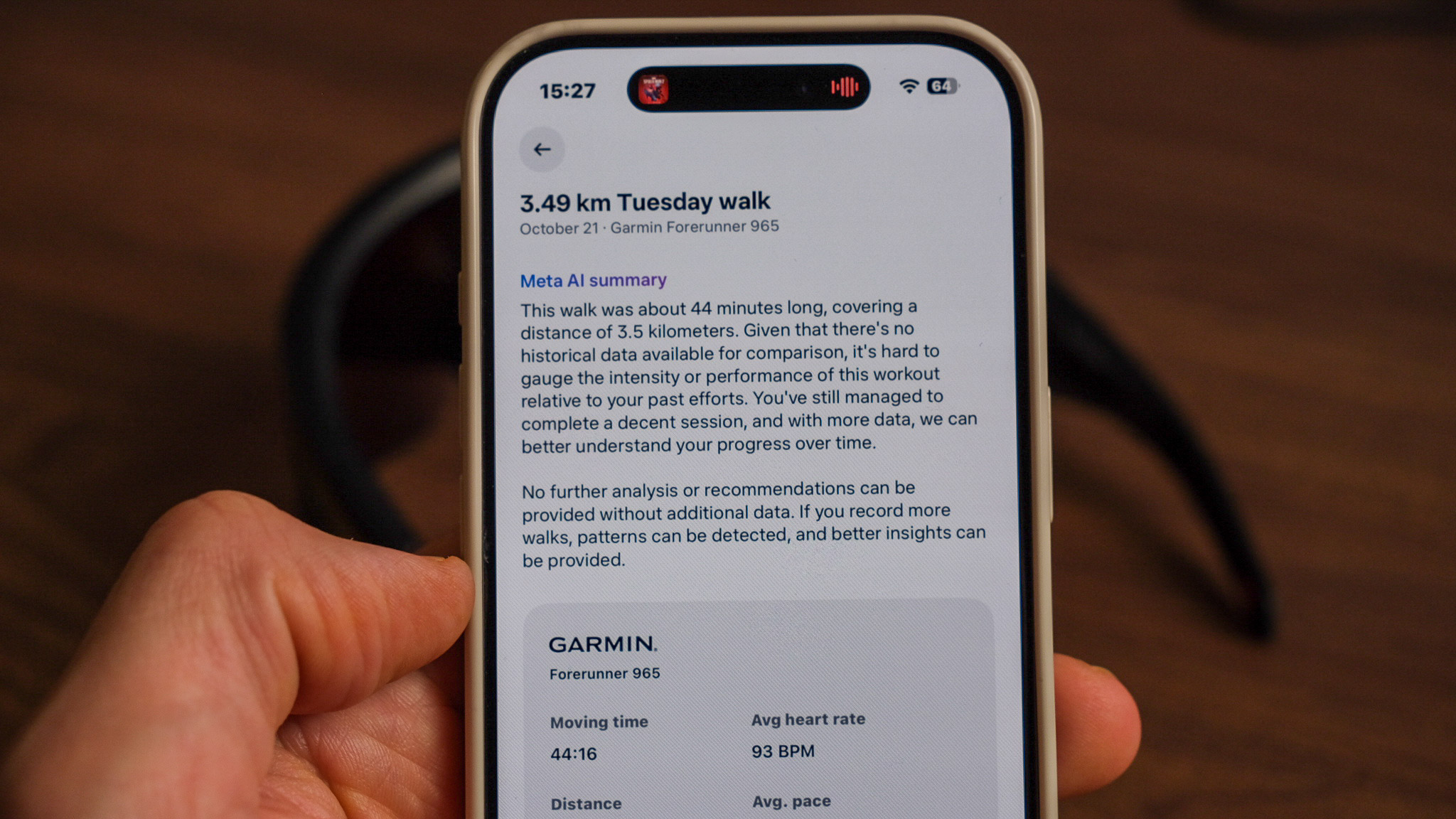Oakley Meta Vanguard review: stylish, capable, and not quite ready for prime time
Oakley’s latest collaboration with Meta fuses premium sports eyewear with smart-glasses tech, complete with voice control, camera, and app integrations – but is it worth the price?

Oakley’s Meta Vanguard sunglasses are bold, beautifully built and full of promise, but the execution isn’t there yet. The camera can’t replace an action cam, Garmin/Strava integration feels clunky, and there’s no HUD. Great optics, solid battery life and impressive design can’t quite make up for the high price and limitations.
-
+
Excellent optics and comfort
-
+
IP67 rating and premium build
-
+
Great fit for high-intensity activity
-
+
Long battery life and fast charging case
-
-
No HUD display
-
-
Limited clip length and video quality
-
-
Garmin/Strava integration feels manual
-
-
Expensive for what it currently delivers
Why you can trust T3

Two years ago, everyone was talking about how smart rings would replace smartwatches. Now, it’s all about how smart glasses (and sunglasses) are the next big thing, letting you record footage and talk to a voice assistant hands-free.
I’ve been cautious about this latest wearable trend. I tested the Oakley Meta HSTN a few weeks ago and wasn’t blown away, even though I still think integrated solutions like these are the future, and that action camera brands should seriously start thinking about joining the party.
The latest (and one of the most hyped) smart sunglasses to land on my face is another Oakley x Meta collaboration. The Vanguard is a sport-specific model with a large wraparound design, a centre-mounted camera, and the same smart functionality we saw in the HSTN. It also integrates with Garmin watches and Strava, further underlining its athletic focus.
I’ve been using the Vanguard for a few weeks now, and it certainly has its pros and cons. The sport-centric approach works for performance but limits everyday wear. The integrations are promising but clunky, and the camera’s decent but no match for compact action cams.
As you can probably tell, the Vanguard is a bit of a mixed bag, but I can see why it’s generating so much hype. Before you buy, read my full Oakley Meta Vanguard review below.
Oakley Meta Vanguard review
Price and availability
Oakley’s Meta Vanguard smart sunglasses launched globally on 21 October 2025. In the US they retail at $499, the UK price is £499, and the Euro price is €549. In Australia, Oakley’s own store lists them at AU$789, which lines up with the rest of the range’s positioning and the usual regional variance on Meta’s wearables.
There’s no subscription required for core functionality, but the most compelling integrations lean on third-party services you probably already use (Garmin, Strava) and, of course, Meta’s app.
Get all the latest news, reviews, deals and buying guides on gorgeous tech, home and active products from the T3 experts
For buyers who live in the Apple Watch or non-Garmin ecosystems, it’s worth reading the features section below before pulling the trigger, because some of the cleverest tricks are gated by compatibility.
For runners and cyclists already wearing a compatible Garmin, pricing makes more sense. For everyone else, you’re paying a premium for a niche, sport-first experience.
Design and build quality
The Oakley Meta Vanguard are unapologetically performance sunglasses. The single-shield visor, broad temples and aggressive wrap deliver full coverage and a locked-in fit that’s fantastic when you’re moving fast and frankly overkill anywhere else.
On the face, they feel secure, with plenty of grip and zero bounce during strides or out-of-saddle efforts. Optical quality is excellent – classic Oakley Prizm contrast and clarity.


The trade-off is bulk. At roughly 66–67g for the frames (326g with the case), they’re heavier than a comparable non-smart shield, and you notice that weight when you’re not actively training. The styling also screams “workout”, which limits off-bike/off-run wear.
The camera sits centred above the nose bridge, which is a smart placement for POV framing and far better than temple-mounted sensors. It’s a 12MP ultra-wide module (122° FOV) that shoots 3K/30 clips as well as slo-mo and hyperlapse, with five beam-forming mics and open-ear speakers tucked into the temples.

The IP67 rating is reassuring in British rain and dusty summer track sessions alike, and the whole chassis feels robust enough for daily abuse. Controls blend voice and touch, and the Meta-side assistant wakes quickly, though you’ll want to read the performance notes on how that plays with training data.
The finish is excellent, and nothing about the hardware feels first-gen: it’s a polished package built like real sports eyewear, but with the heft and visual drama that comes with stuffing a camera, speakers and mics into your sunnies.
Features
Think of Vanguard as three devices fused into one: action-adjacent POV camera, open-ear headphones and a Meta AI assistant. Voice control handles the usual smart-glasses tricks, including music, calls, quick messages and prompts, and, crucially for athletes, lets you ask for workout stats mid-session.
Video capture tops out at 3K/30 (for up to ~3 minutes per clip) from the 12MP ultrawide, with slow-motion and hyperlapse modes, plus enough onboard storage for highlight-style shooting.

The microphones are tuned for outdoor use and wind, while the speakers are intentionally louder than lifestyle smart glasses, so you can hear cues at tempo pace without blocking ambient sound. The Vanguard has an ambient sound sensor and automatically adjusts the volume based on your surroundings, which can be tricky in windy situations (it might raise the volume even if your surroundings aren’t loud).
Oakley (and Meta) puts a huge emphasis on training integration with the Vanguard. With select Garmin watches, Meta’s assistant can surface real-time metrics and trigger autocapture moments.
Strava’s side of the equation lets you overlay pace, distance and elevation onto clips after the fact, then share them as tidy vignettes. It’s a smart idea on paper: capture the good bits hands-free, decorate with data and ship to your feed with minimal editing.

In daily life, the glasses behave like other Meta wearables: Spotify/Apple Music control, WhatsApp/Instagram voice notes, basic “ask the assistant” queries, and quick photo/video capture without having to fish out your phone.
There are caveats. Full training magic leans on a compatible Garmin and the Meta app, and you’ll still carry your phone for connectivity. There’s no HUD, so stats are heard, not seen, which puts Vanguard behind true display rivals for coaching feedback.
And while autocapture exists, its short, fragmented clips won’t replace what action-cam makers already do with long-form recording and post-shot highlights.
Performance
Out on the road and on the trails, the hardware impresses, but the overall system feels more “demo of the future” than a must-have today.
The fit is rock solid and the optics are genuinely superb, exactly what you’d expect from Oakley at this price. Audio is clearer and louder than lifestyle smart glasses, and call quality holds up in the wind. The camera produces usable, social-ready footage with pleasing POV framing thanks to the centred mount.



That said, image quality isn’t on par with dedicated tiny action cams like Insta360 GO 3S or the DJI Nano. Dynamic range, stabilisation nuance and low-light detail still favour purpose-built cameras.
Plus, let’s not forget that no one cares about your (or mine) POV on your morning ride or run unless you’re Tadej Pogacar or Eliud Kipchoge. Unlike action cameras, smart sunglasses can only shoot what you see, which isn’t as engaging on social media as videos about people.
I had the same issue with framing as with the HSTN: it’s impossible to tell how tilted your head is, so most photos aren't level with the horizon. There is no screen or heads-up display (HUD) to help you frame.

The lack of HUD is a puzzling omission. Smart glasses with this feature have been around for a couple of years (e.g. Engo), and it makes sense for the Vanguard to have it, especially for the price. I would much rather have my workout stats displayed in my field of view than have to ask my sunglasses for them repeatedly during a workout – it’s redundant and cumbersome.

As such, Garmin/Strava integration is clever but clunky in practice. You record the activity on your running watch (or phone via Strava Mobile Record), keep your phone with you, and then manually ask the glasses for stats as you go.
That’s not meaningfully better than a good smartwatch reading out splits and heart rate automatically; in fact, something like Huawei Watch GT 6 Pro already gives spoken cues without extra steps.
Battery life and charging
According to official figures, the Vanguard will last up to 9 hours of “typical use,” which likely covers mixed use of audio, voice commands and light capture. More specifically, Meta quotes up to 6 hours of continuous music playback on a single charge.
The glasses ship with a case that adds up to 36 hours of additional charge when fully loaded. That means you could potentially head out for a long training day or go through a weekend’s worth of sessions without plugging into a wall socket.
Charging speed is also decent. Meta says you can get to 50 % from the case in just 20 minutes, which is useful if you’ve got one session in the morning and another in the evening.
Verdict
Is the Oakley Meta Vanguard the future of smart wearables? Yes, but not yet. These glasses represent one of the most polished and ambitious attempts to merge sports eyewear with intelligent functionality, yet they still feel more like a promising prototype than an essential training tool.
From a design perspective, the Vanguard is peak Oakley: it’s bold, aerodynamic, and built for speed. The optics are superb, the fit is unshakable, and the materials feel premium in every sense. The combination of a high-quality lens and an IP67 rating means you can confidently take them on your next tempo run, ride, or race without fear of sweat or rain. You’ll look a bit like a futuristic cyclist in the process, but that’s part of the appeal.

The camera, while decent, isn’t close to replacing a proper action cam, and the Garmin/Strava integration feels like a half-step; clever in concept but cumbersome in execution. You need your watch, your phone, and your sunglasses all working in tandem to get a “smart” experience that could easily be handled by a single device. The lack of a heads-up display is particularly disappointing, given that cheaper smart glasses like the Engo 2 already offer real-time data overlays.
The Oakley Meta Vanguard is an exciting glimpse at where sports wearables are heading, but it’s not the destination. For now, you’re better off pairing your favourite sunglasses with a smartwatch and a compact action cam. But if Oakley and Meta can refine the integrations, improve the camera, and perhaps add that long-overdue HUD, the next generation could easily become the gold standard for smart performance eyewear.

Matt Kollat is a journalist and content creator who works for T3.com and its magazine counterpart as an Active Editor. His areas of expertise include wearables, drones, fitness equipment, nutrition and outdoor gear. He joined T3 in 2019. His byline appears in several publications, including Techradar and Fit&Well, and more. Matt also collaborated with other content creators (e.g. Garage Gym Reviews) and judged many awards, such as the European Specialist Sports Nutrition Alliance's ESSNawards. When he isn't working out, running or cycling, you'll find him roaming the countryside and trying out new podcasting and content creation equipment.
You must confirm your public display name before commenting
Please logout and then login again, you will then be prompted to enter your display name.